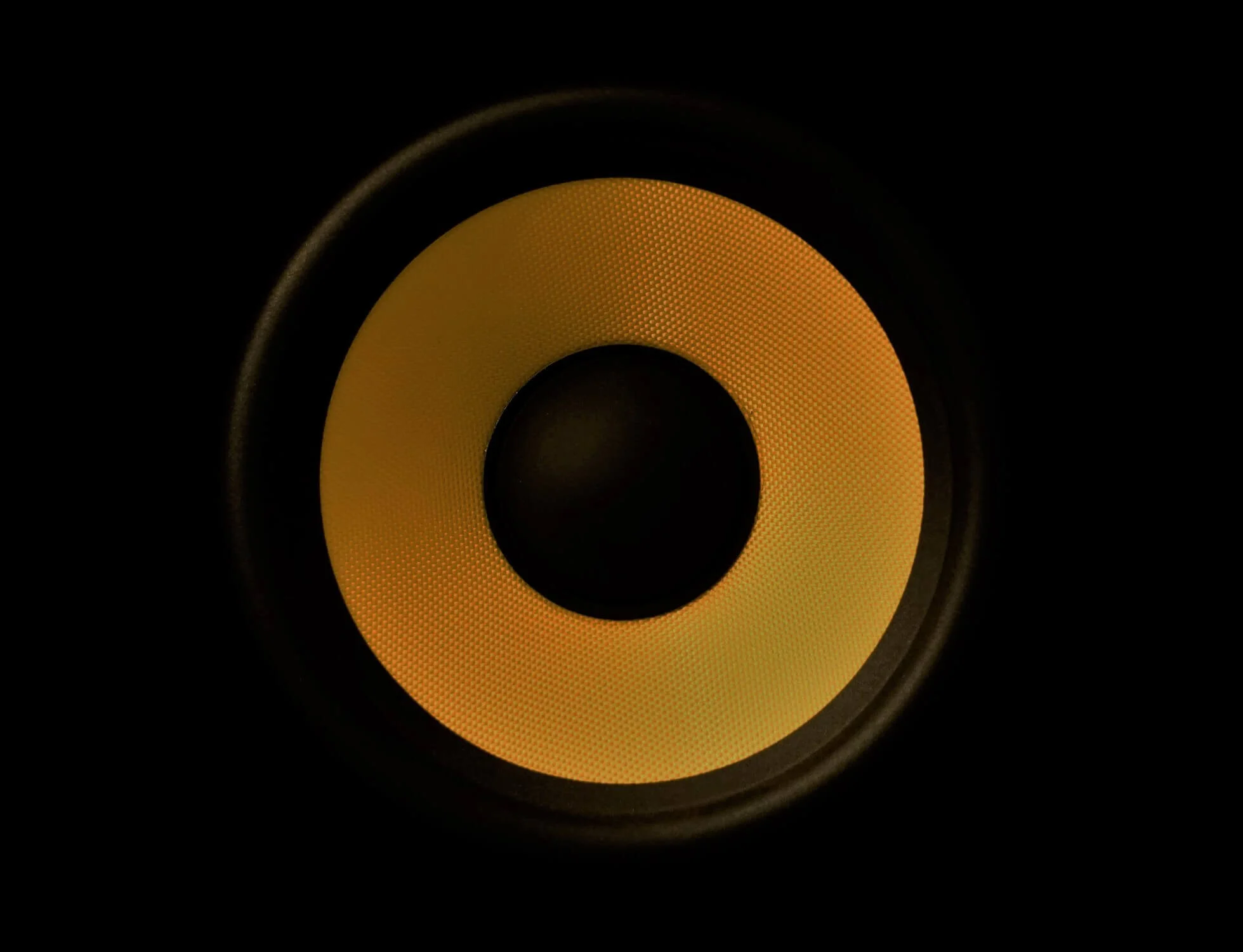Dolby and DTS are the 2 companies who develop most of all the audio formats that mainstream video content is encoded in, including those found on online video streaming platforms like Netflix, Blu-ray discs, gaming and broadcasting. When such content is decoded by sound systems, the sound outputted is known to be rich, dynamic and of high-quality. The various Dolby and DTS audio formats are also widely adopted by movie theaters and production studios.
Pulse Code Modulation (PCM) format contains an already-decoded Dolby or DTS audio signal. Since the audio is already decoded, it provides the best compatibility across the large variety of devices. However, it is not the most suitable format for reproducing the surround sound experience intended by the content producers.
The following tables show the mainstream surround sound formats currently available on soundbar systems:
DTS Audio Formats
 |
 |
 |
 |
|
| TYPE | DTS:X | DTS-HD MASTER AUDIO | DTS-HD | DTS DIGITAL SURROUND |
|---|---|---|---|---|
| Description | High bitrate, lossless object-based surround with height channels | High bitrate, lossless surround with 2 extra rear channels | Lossy surround format with more channels than DTS Digital Surround | Lossy surround with lesser compression than Dolby Digital |
| Audio Channel (Max) | 9.2 / 7.1.4 | 7.1 | 7.1 | 5.1 |
| Content | Blu-ray Disc | Blu-ray Disc | Blu-ray Disc | Blu-ray Disc, Console Gaming, DVD |
Dolby Audio Formats
 |
 |
 |
 |
|
| TYPE | DOLBY ATMOS | DOLBY TRUEHD | DOLBY DIGITAL PLUS | DOLBY DIGITAL |
|---|---|---|---|---|
| Description | Object-based surround with height channels | Lossless surround format with 2 extra rear channels | Lossy, lower bitrate surround with more channels for streaming content | Basic lossy surround |
| Audio Channel (Max) | 9.1.6 | 7.1 | 7.1 | 5.1 |
| Content | Streaming Contents (Netflix, Amazon Prime Video, VUDU), Dolby Atmos Music (Tidal), Blu-ray Disc, XBox One Consoles, PC | Blu-ray Disc | Streaming Content (Netflix, HBO Go, Amazon Prime Video, Tidal) | Blu-ray Disc, Console Gaming, DVD, TV Broadcast |

